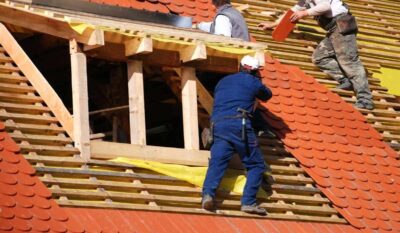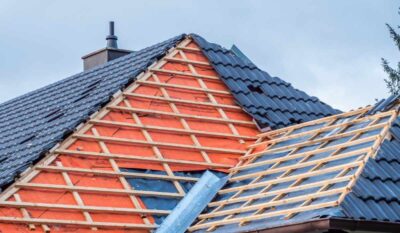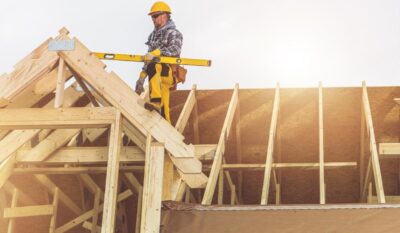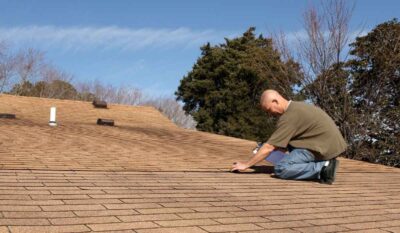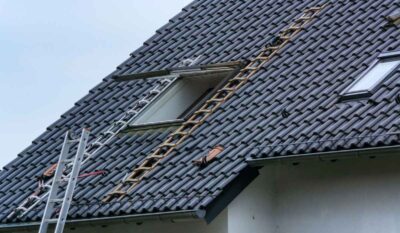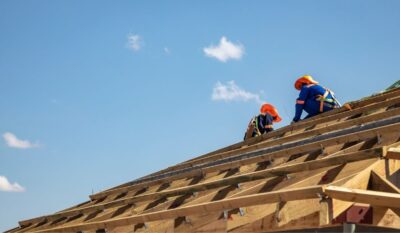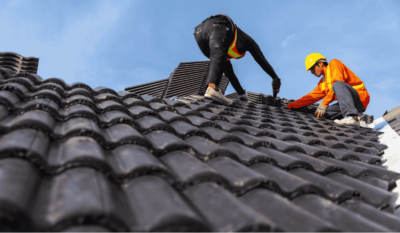roof maintenance
Why You Should Hire a Licensed, Bonded, and Insured Roofer
When you’re investing in a new roof, you’re not just paying for materials—you’re paying for protection, peace of mind, and a long-term safeguard for your most valuable asset: your home. But all of that can fall apart fast if you hire the wrong roofing contractor. And unfortunately, many homeowners make the mistake of trusting a…
Read MoreWhy Spring and Fall Are the Best Times for Roofing and Gutter Repair
Maintaining your home’s exterior is an essential part of homeownership. Two of the most important aspects of that maintenance are roofing and gutter repair. Many homeowners wonder when the best time is to tackle these projects—and while emergencies can happen year-round, spring and fall consistently stand out as the ideal seasons for routine inspections, maintenance,…
Read MoreMost Common Roof Parts Used in Newnan, Georgia
When it comes to your home’s roof, there’s much more to it than just shingles. A roof is a complex structure composed of many different components, each with its role in keeping your home, family, and belongings safe. And just like people, every roof is unique. However, there are a few key elements that remain…
Read MoreTips for Weather Roof Maintenance : Spring, Summer, & Winter
Your roof is like the superhero of your house. It keeps your family safe from the hot sun, heavy rain, cold Snow, and strong winds. But just like superheroes need care, your roof needs attention, too! Roof maintenance is important in every season, whether it’s sunny, rainy, snowy, or windy. In this article, we’ll explore…
Read MoreBest Roof Repair Service in Atlanta: Affordable & Reliable Solutions
When your roof starts to show signs of wear, tear, or storm damage, it’s more than just an inconvenience — it’s a serious threat to your home’s structure and safety. At Eagle Watch Roofing, we understand the importance of dependable, high-quality roofing services at a price you can afford. With years of experience serving homeowners…
Read MoreUnderstanding Roof Insurance Claims: A Step-by-Step Guide for Homeowners
When unexpected roof damage strikes—whether from hailstorms, high winds, or a fallen tree—homeowners often turn to their insurance policies to recover. But navigating roof insurance claims isn’t always straightforward. From understanding policy language to documenting damages and negotiating with adjusters, this guide walks you through every stage of the process. Below, we’ll break down essential…
Read MoreCommon Roofing Issues in Atlanta—and How the Right Contractor Can Help
The roof is one of the most essential elements of any home or commercial property. It shields us from unpredictable weather, maintains indoor comfort, and plays a critical role in a building’s structural integrity. For homeowners and businesses in Atlanta, where humid summers and storm-heavy seasons are common, roofing issues can arise faster and more…
Read MoreHow to Spot and Fix Roof Leaks Before They Become Costly Repairs
A leaking roof is more than just an inconvenience—it’s a ticking time bomb that, if ignored, can lead to significant damage and expensive repairs. Early detection and timely intervention are key to maintaining the integrity of your home and avoiding budget-breaking surprises. In this guide, we’ll walk you through how to spot the early signs…
Read MoreFinding a Trustworthy Roof Repair Service – What Every Homeowner Should Know
Your roof is your home’s first line of defense against harsh weather, pests, and water damage. It shields your family, your possessions, and the very structure of your house from the elements. Yet, many homeowners delay necessary repairs because they’re unsure where to turn or who to trust. In some cases, they may not even…
Read MoreRoof Damage at Home? Here’s How to Stay Safe and What to Do Next
When a storm rolls through, the aftermath can leave homeowners overwhelmed and uncertain. One of the most common and costly problems is storm damage roof issues—missing shingles, leaks, or even structural damage that compromises your home’s safety. In moments like these, knowing what steps to take next is crucial. Storms don’t just damage roofing materials—they…
Read More

